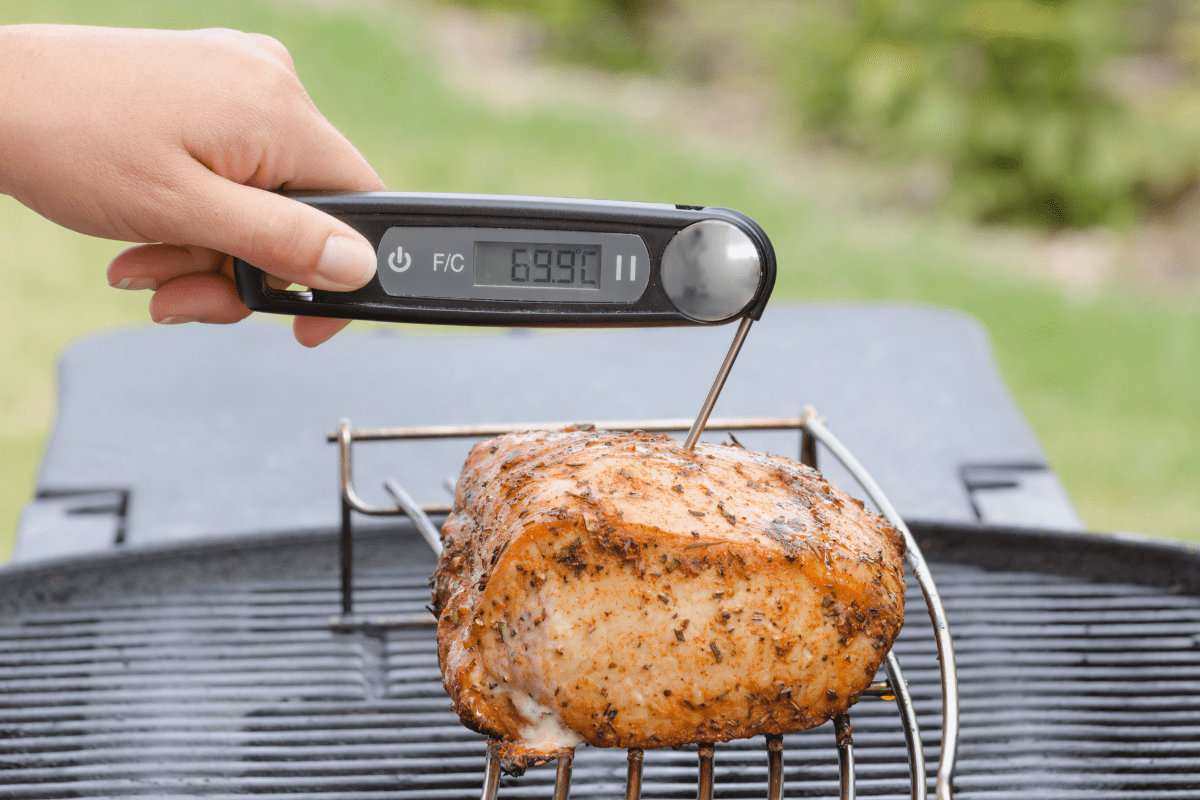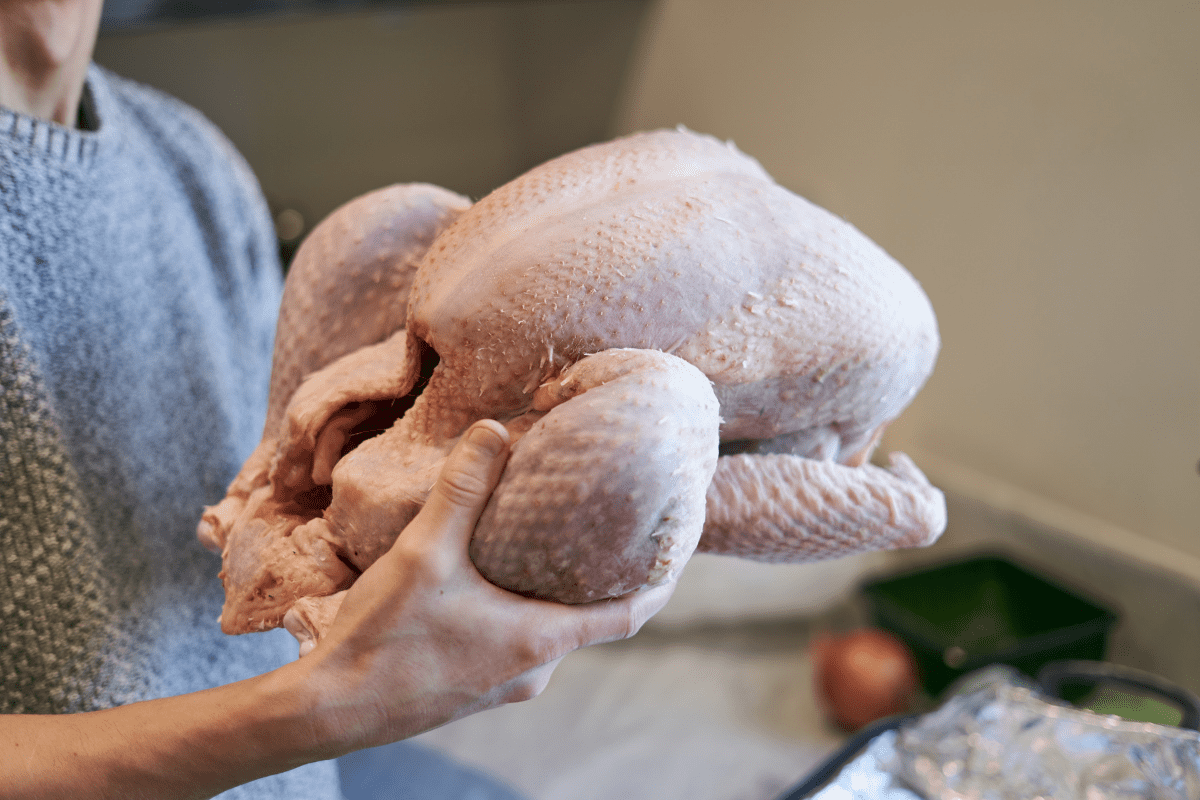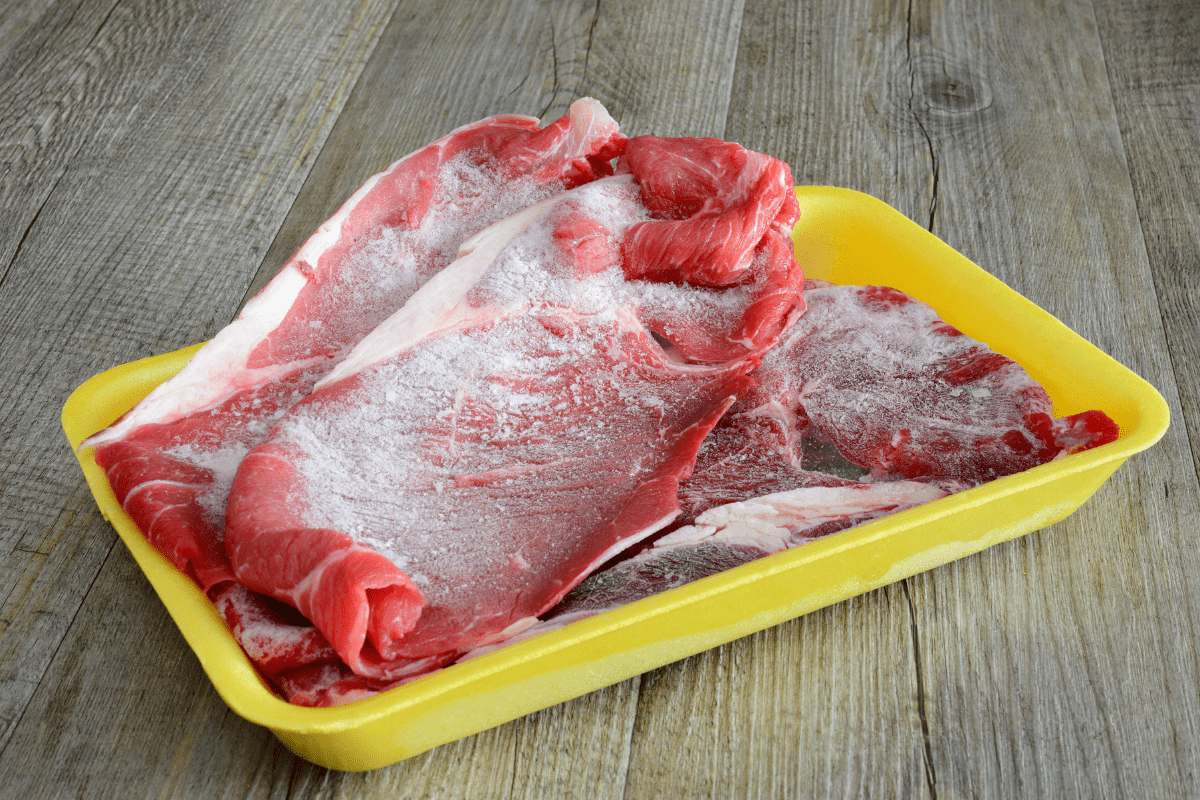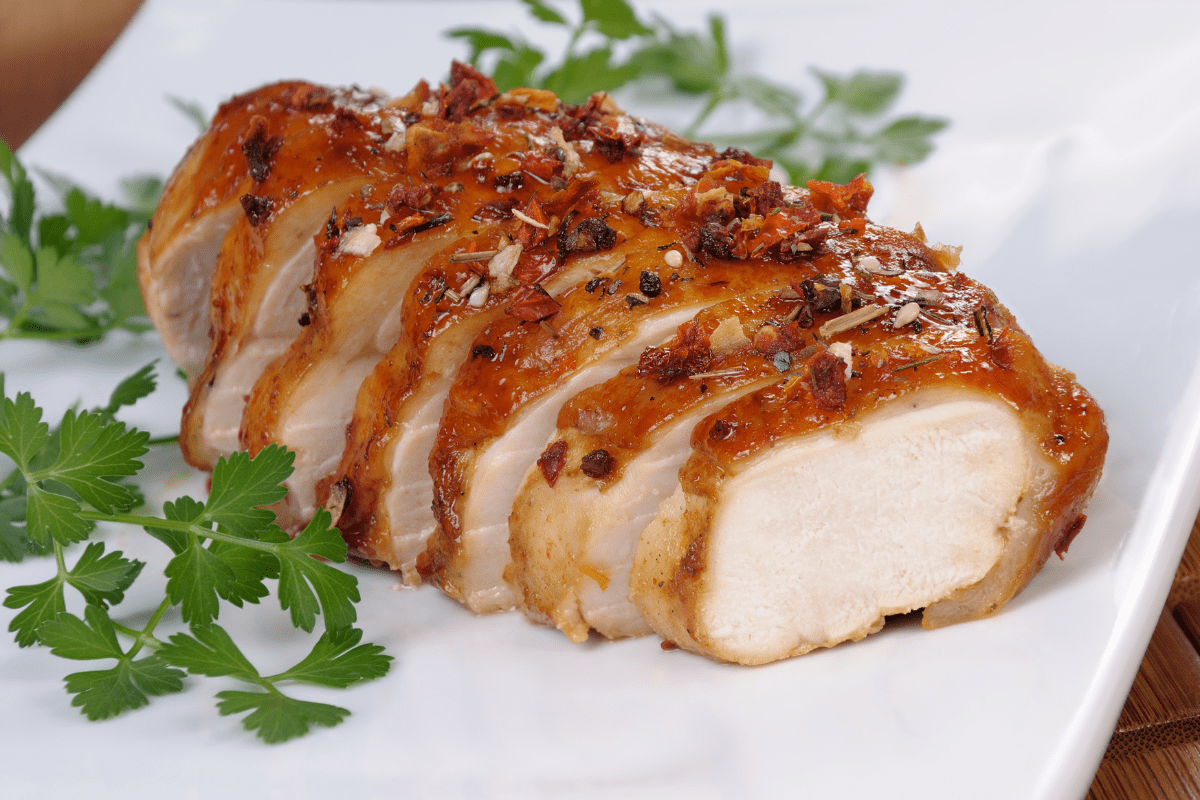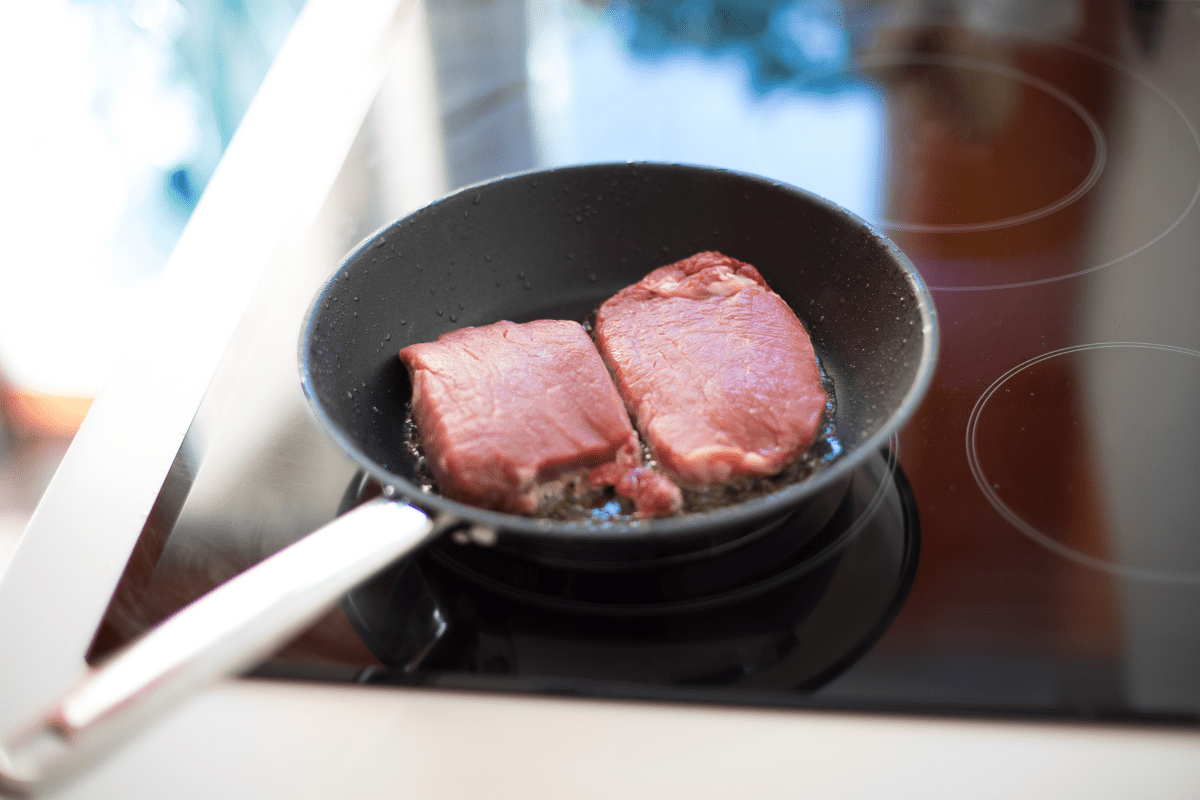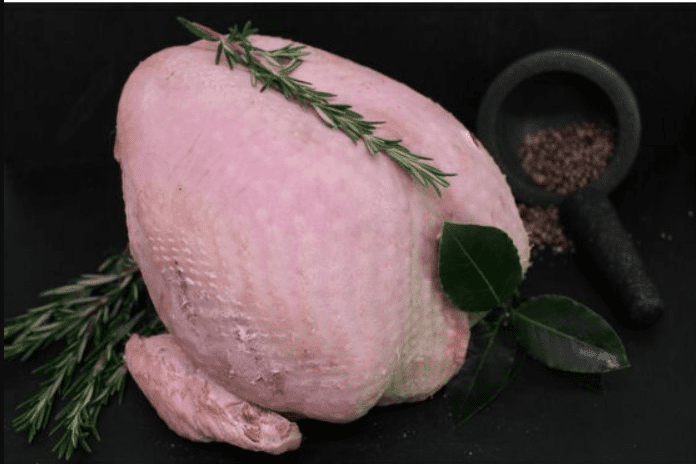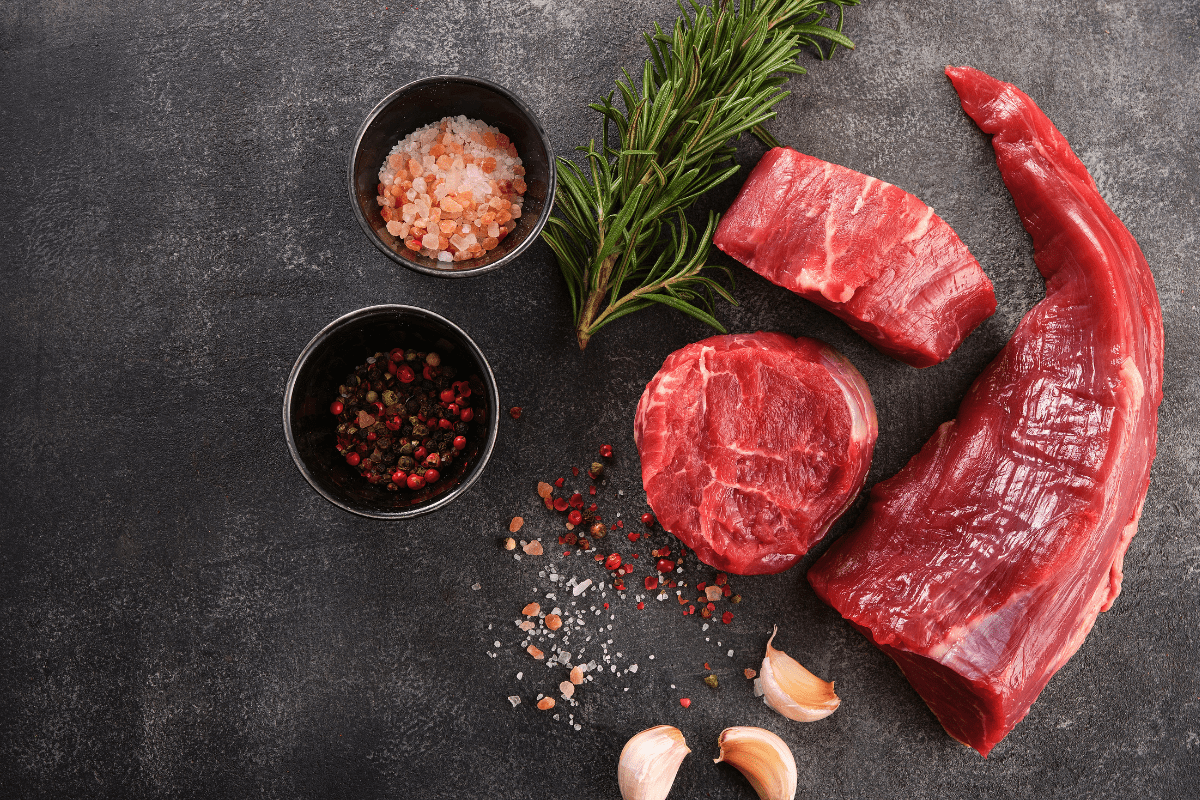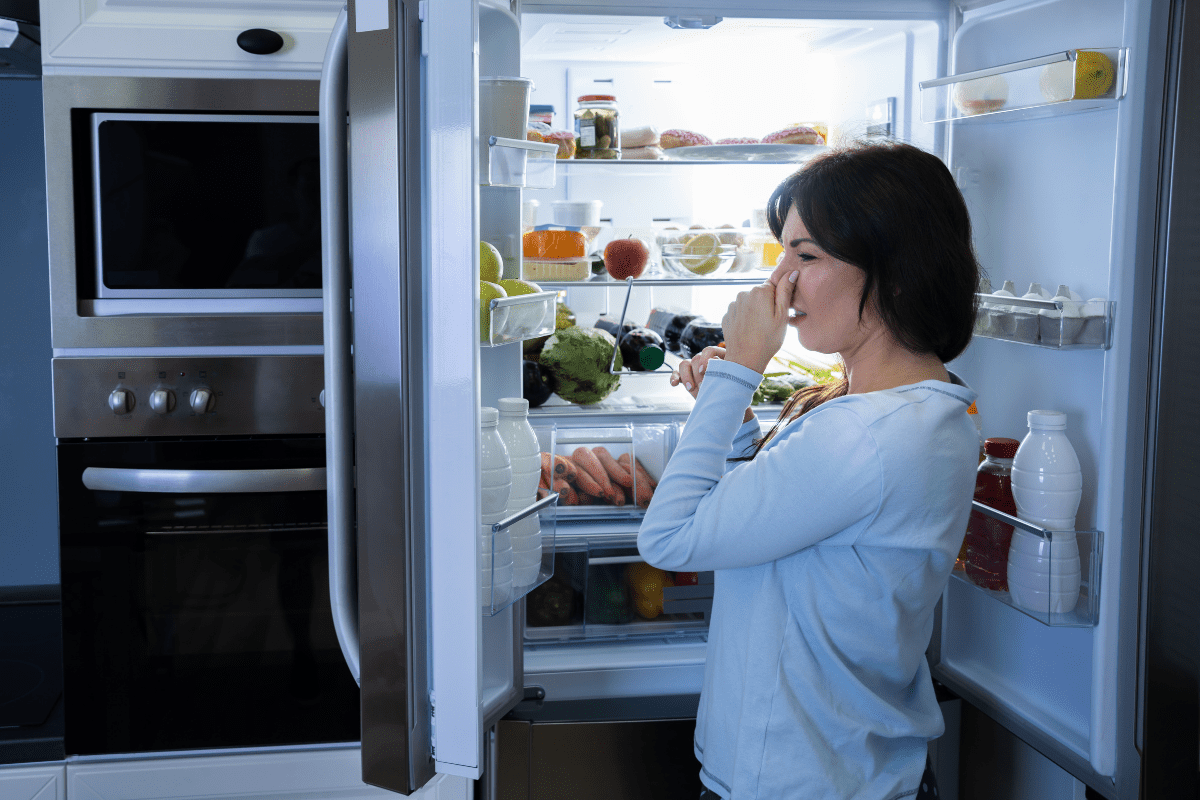If you have read any of the other articles on my site, you will have come to realise that I am a big promoter of having a digital food thermometer in your kitchen toolkit. In this article I will explain the reasons why I believe every kitchen should have one, and some of the other useful ways that one can be used. So what is a Digital Meat Thermometer? A digital meat thermometer is a probed device that is inserted into the thickest part of the meat you are cooking, to accurately provide the internal temperature. This allows you to accurately assess if the meat has reached a high enough…
-
-
Fresh Turkey Looks or Smells Bad – Is It Safe To Eat?
Thanksgiving and Christmas are the most popular times that fresh turkeys are cooked for a celebration meal. With so many birds sold over the festive period, it is inevitable that some bad ones may slip through the supply chain. In this article we will explain how you can tell whether your turkey is likely to be safe to go ahead and cook, or if you may want to return the bird to the supplier for a refund. So how can you tell if a turkey is safe to eat? A whole fresh turkey that is ready to cook should be clean and healthy looking, with very little odor. The skin…
-
Meat With Freezer Burn Is Safe To Eat
As freezer owners, we are all guilty of throwing things in and forgetting about them. Every once in a while we will come across a package that we no longer recognise and thaw out to see what we have. Upon thawing, we find that it’s some special offer meat we bought a year ago but now it is discolored and freezer burnt. So now we are asking ourselves……. Is it safe to eat meat that has freezer burn? Yes, it is safe to eat meat that has freezer burn, providing the meat has not spoiled. Freezer burn will affect the taste and texture of the meat, but will not make it…
-
No More Dry Cooked Chicken Breast – Moist & Juicy Every Time!
Do you find that when you cook chicken breasts they always seem to end up being dry? Well we aim to stop that from happening by offering you some simple cooking tips and techniques that will prevent you from having dry overcooked chicken breasts ever again. So why do Chicken Breasts become dry when cooked. Chicken Breast meat is very lean, and loses its natural moisture as it cooks. Removing the skin, and cooking for too long, are the main reasons why your chicken will dry out. Cooking to an internal temperature of 160oF/75oC will ensure that any harmful bacteria are destroyed, whilst your chicken remains moist and juicy. There…
-
Can You Fry Beef Braising Steak?
If you are not familiar with the different cuts of meat, the word ‘steak’ may lead you to thinking this cut of meat can be cooked like any other prime steak. So can you fry beef braising steak? No, as the name suggests, braising steak requires slower cooking in liquid for it to be able to break down the tough muscle fibres and become tender. If you fry your braising steak like a prime steak, it will be tough and difficult to chew. Why You Shouldn’t Fry Beef Braising Steak Beef braising steak is typically taken from the beef forequarter, meaning the front quarter of the cow, ie: the shoulder…
-
Differences Between A Turkey Crown, Butterfly & Spatchcock Turkey
When is comes to buying turkey, there are different cuts that you may not be familiar with. This article will explain what each cut is, and how they differ from each other. So what is the difference between a turkey crown, butterfly and spatchcock turkey? A turkey crown is when the legs have been removed from a whole turkey, leaving you with the bone-in breast. A turkey butterfly is the same as the crown, but has had all the breast bones removed. A spatchcock turkey is a whole turkey that has been split down the back and flattened out like a book. We will now look at each of these…
-
Beef Tenderloin & Filet Mignon Facts and Answers
Beef tenderloin and Filet Mignon is a very popular cut of meat, and just about the most expensive beef cut you can buy. So before spending the money, people have a lot of questions they would like answered. This article covers the most often asked questions regarding the Beef Tenderloin and Filet Mignon. Is Beef Tenderloin and Filet Mignon the same thing? Although commonly described as the same cut of meat, the Beef Tenderloin is actually the whole cut of meat from head to tail. The Filet Mignon refers to the individual steaks taken from the centre cut part of the beef tenderloin. What Does Peeled and Unpeeled Tenderloin Mean?…
-
Pork Smells Bad – Is It Safe To Eat?
Sometimes pork can have a smell to it that makes you consider whether it is safe to eat, or whether it has gone bad. So how do you tell if pork is bad? Fresh pork should have a white fat covering and pink flesh with little to no smell. If the fat is yellow looking, and the meat is turning grey, then the meat is starting to spoil. If the meat is sticky to the touch or has an off putting smell, then it should not be eaten as it has spoiled. This article will explain when the pork can be saved and is safe to eat, and when you…
-
Is It Safe To Eat Beef Cooked Rare?
Many people would like to try to eat their beef a little less ‘well done’, but are concerned as to whether it is safe to do so without falling prey to food poisoning. So is it safe to eat beef cooked rare? Solid muscle meats, such as beef roasts and steaks, are safer to eat cooked rare, than chopped meats such as ground beef and burgers. It must be acknowledged that there will always be a slight element of risk when eating rare cooked beef, however there are steps you can take to minimise the risks, and enjoy eating beef cooked rare. This article will explain the reason there is…
-
How To Stop Homemade Burgers Being Dry
There is nothing more disappointing than looking forward to enjoying a nice juicy burger, only to find it is dry like cardboard when you come to eat it. This can happen quite often if you don’t know what is causing it. So how do you prevent having dry burgers? The main reason burgers end up dry, is due to having too little fat content, and/or being overcooked. For a burger to remain moist during cooking, you want meat that has at least 20% fat content to add both flavor and moistness to the burger. Cooking to an internal temperature of 160oF/72oC will ensure any harmful bacteria are destroyed, whilst the…
